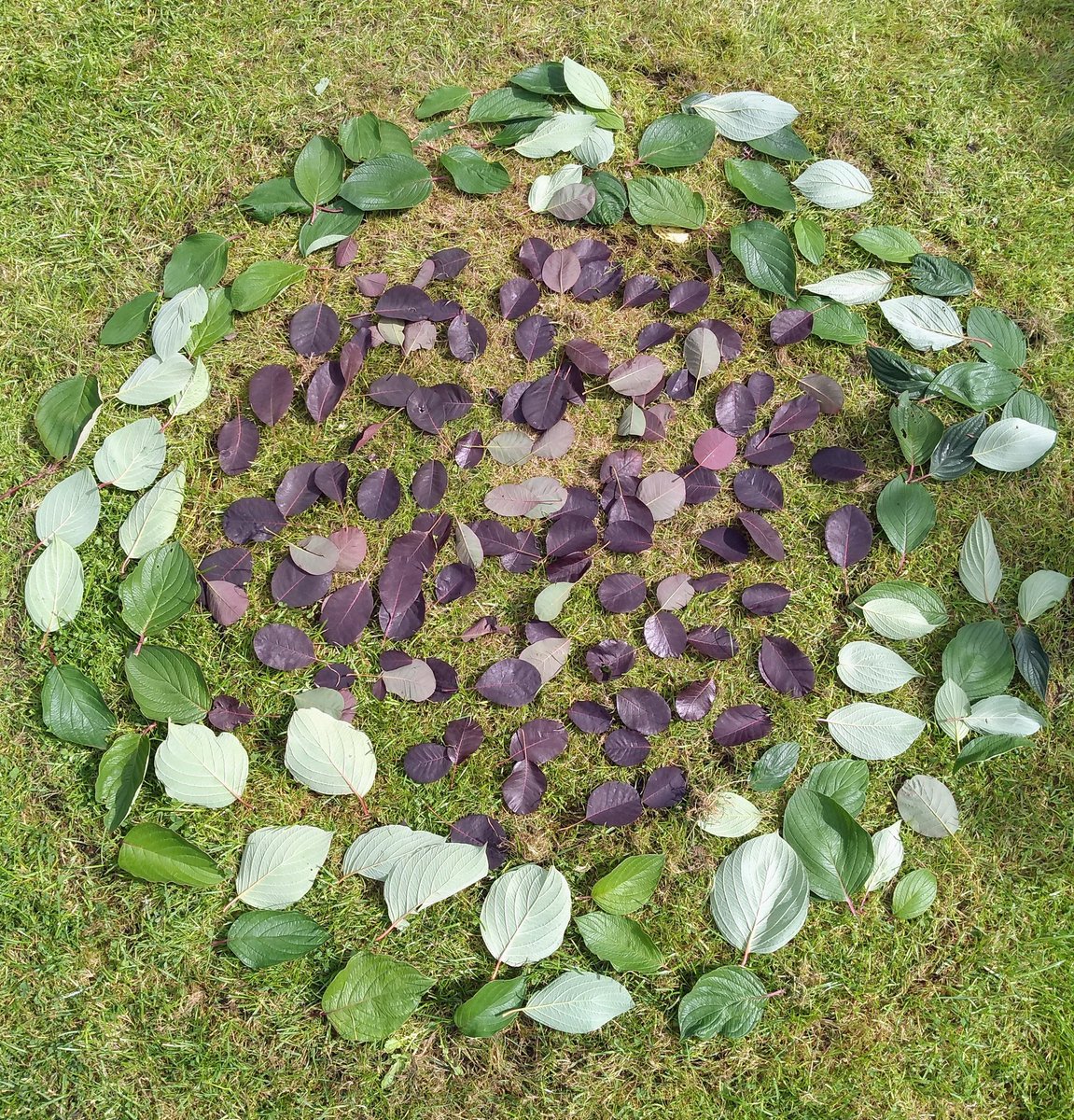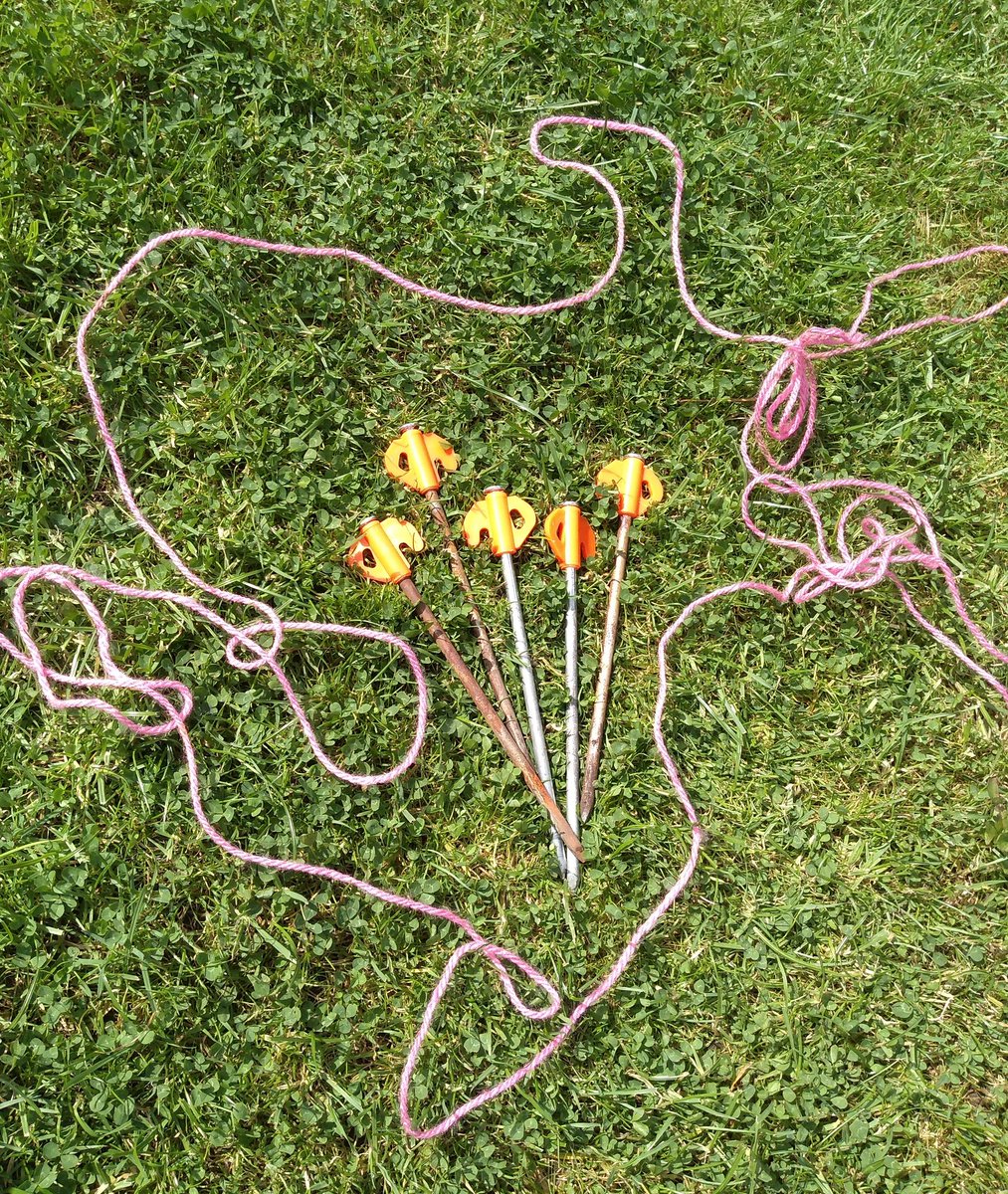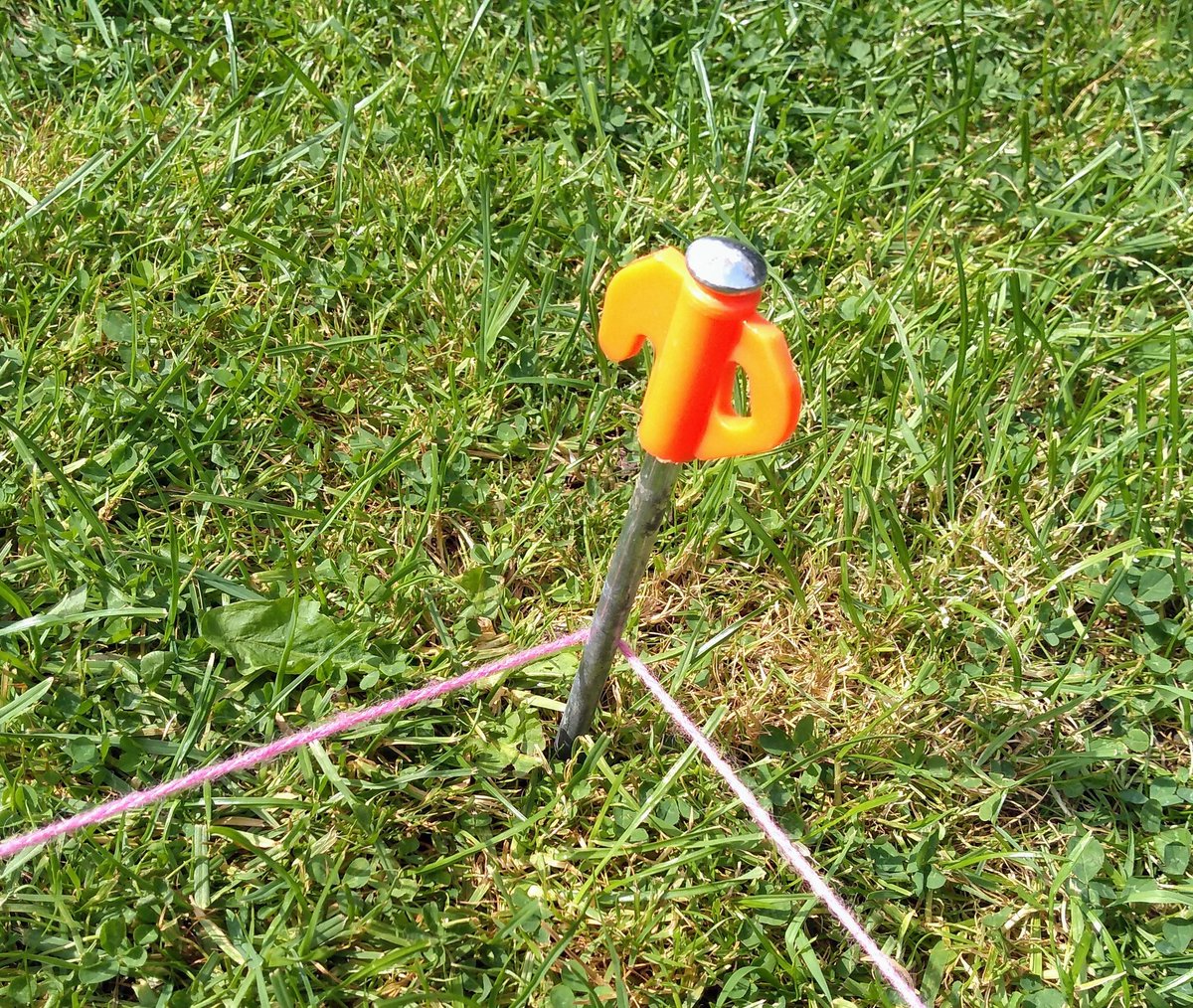news.sky.com/story/british-…
Inspired by the wonderful @RFJamesUK.
Using pegs and loops of string children can explore regular and irregular shapes.
We used garden cuttings, but in autumn identify and use fallen leaves.






Twitter may remove this content at anytime, convert it as a PDF, save and print for later use!

1) Follow Thread Reader App on Twitter so you can easily mention us!
2) Go to a Twitter thread (series of Tweets by the same owner) and mention us with a keyword "unroll"
@threadreaderapp unroll
You can practice here first or read more on our help page!








